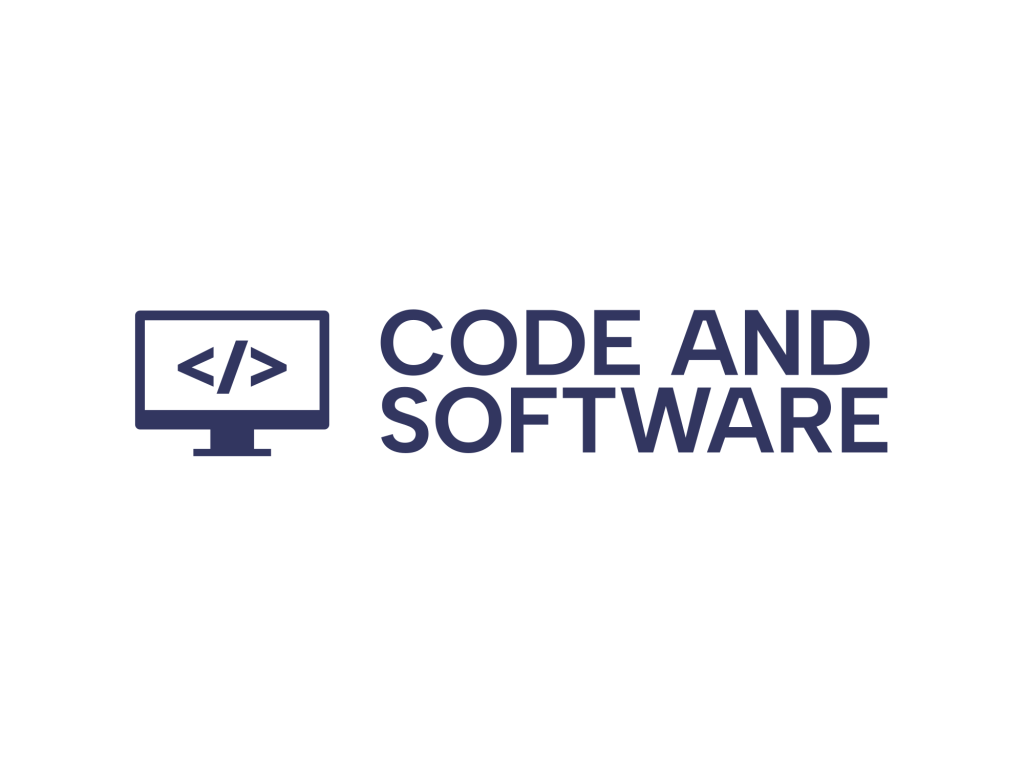Imagine picking up an article online. You read the first few lines and feel instantly confused. What went wrong? Probably, the article has poor readability, few or no citations, and doesn’t really help you learn or do something. That’s bad editorial quality.
But how do we measure good editorial quality? And can we put a number on it? Yes, we can! Let’s have fun exploring how!
Let’s Start With Readability
Readability is how easy it is to read and understand something. Pretty simple, right? So why do so many articles still sound like textbooks from the 1800s?
Here’s the good news — readability can be measured. It even has its own scores!
- Flesch Reading Ease: Rates text from 0 to 100. Higher is better. A score of 70+ is easy for most people.
- Flesch-Kincaid Grade Level: Tells you the school grade you’d need to understand the text. Aim for grade 8 or lower for web content.
- Gunning Fog Index: Higher numbers mean harder text. Try to keep it under 12.
If your article scores well, it means more people can enjoy and understand it. And that’s a win! So cut the jargon. Use short sentences. Make your writing breathe.

Next Up: Citations
Citations are like proof in an argument. They show you’ve done your homework. When you link to trusted sources, you gain credibility.
Imagine if we could measure the quality of an article by looking at where it got its info. Spoiler alert: we can!
There are a few things to check:
- Number of Citations: How many sources are used?
- Source Trust: Are they reliable? Are they peer-reviewed, high-traffic websites, or expert blogs?
- Relevance: Do they actually support the point being made?
Don’t just throw in random links. Quality > Quantity. One solid citation can be better than five weak ones.
There’s even software that checks how valuable your links are. Tools like Ahrefs and SEMrush give you things like domain ratings and link health. Use them!
And Finally: Outcomes
This is the most human part of the equation. What did the reader do after reading the article?
Maybe they signed up for a newsletter. Shared the article. Bought something. Or even just stayed on the page longer. That’s an outcome.
To measure outcomes, we look at:
- Engagement Time: How long did readers stay?
- Bounce Rate: Did they leave right away or stick around?
- Actions Taken: Did they click a link, leave a comment, or buy a product?
These numbers tell you if your article connected with people. If outcomes are low, maybe the tone didn’t click, or the piece didn’t solve a real-world problem.
Putting It All Together
Okay, so let’s pretend we want to build a super simple scorecard to rate articles. We’d grade them on:
- Readability: Use Flesch or FK tests. Give 0–10 points based on score.
- Citations: Score quality, accuracy, and variety. Another 0–10 points.
- Outcomes: Use web analytics to grade how well the piece performed. Again, 0–10 points.
Each article could score up to 30 points. The higher, the better. It’s not perfect, but hey, it’s a start!
Why This Matters
There are millions of articles on the internet. But not all of them are helpful. When we can measure quality, we can improve it.
Better articles mean:
- Happier readers
- More credibility
- More conversions and business

Also, when editors and writers are clear on what “good” looks like, they can hit that mark again and again.
Cool Tools to Help You Out
Want to start measuring your own articles? Here are some tools to try:
- Hemingway App: Highlights hard-to-read sentences. Gives a grade level.
- Grammarly: Checks clarity, conciseness, and grammar.
- Yoast SEO (WordPress): Reviews readability and SEO side-by-side.
- Google Analytics: Shows time on page, bounce rate, and user flow.
- SEMrush or Ahrefs: Analyze backlinks and citation quality.
These tools make the invisible visible. They help turn editor’s intuition into hard numbers.
Fun Fact: Bad Quality Costs You
A boring or unreadable article doesn’t just make people yawn. It can also hurt your reputation and SEO rankings. Google notices when people bounce away fast. That’s a red flag.
On the flip side, content with high readability, trusted citations, and solid outcomes ranks higher. It attracts backlinks and more traffic. You get more traction for less effort.
Editors: You’re Superheroes!
If you’re an editor, you hold the magic wand. With just a few tweaks, you can turn a fuzzy, cluttered post into a clear, sparkly gem.
So next time you edit, do a little checklist:
- Is the article easy to read?
- Can I trust its facts and sources?
- Will it help or inspire the reader?
If all answers are “yes,” then congrats! You just made the internet a better place.
In Summary
Editorial quality lives in three magical parts:
- Readability: How simple and enjoyable it is to read
- Citations: Are we backing up our stuff with real proof?
- Outcomes: What does the reader do after reading?
Each of these can be measured. And measuring means improving.
So go out there, write and edit with purpose, and don’t forget to run the numbers. Because behind every great article is a great editor — and maybe a spreadsheet! 😄


